Hello there! If you're considering an update to your non-disclosure agreement (NDA), you're in the right place. Keeping your NDA current is essential to protect your confidential information effectively, especially as your business grows and evolves. In this article, we'll explore the key elements to include in your updated NDA, ensuring it meets all your legal needs. Ready to dive in? Let's get started!
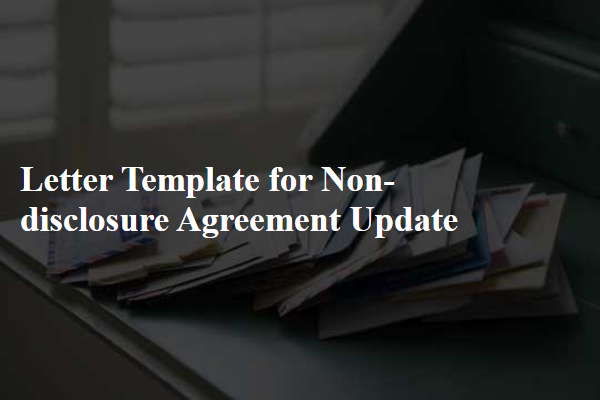
Clear definition of confidential information
Confidential information includes any proprietary data or trade secrets shared between parties, encompassing sensitive financial information, business strategies, customer lists, and intellectual property. This definition applies to both tangible (documents, physical materials) and intangible (verbal communications, digital files) forms of information. Confidential information does not include information that is publicly available, already known to the receiving party prior to disclosure, or independently developed without reference to the disclosed information. The obligation to protect this confidential information persists beyond the duration of the agreement, ensuring ongoing protection against unauthorized use or disclosure.
Parties involved and their roles
In a non-disclosure agreement, the parties involved typically include the "Disclosing Party," which is the individual or organization sharing confidential information, and the "Receiving Party," the individual or organization receiving that information. The Disclosing Party may be a corporation, such as a technology company like Apple or a research institution, while the Receiving Party may range from an individual contractor to a larger corporation involved in collaborative projects. The roles of these parties can include sharing sensitive business strategies, proprietary technology details, or trade secrets that need protection from unauthorized disclosure. In cases of joint ventures, there may be multiple Receiving Parties, each with specific obligations to maintain confidentiality, ensuring that all parties understand their responsibilities surrounding the safeguarding of shared intellectual property.
Duration and term of the agreement
A non-disclosure agreement (NDA) serves to protect sensitive information shared between parties during business transactions or collaborations. Typically, the agreement stipulates a duration of confidentiality, often ranging from two to five years, depending on the industry and nature of the information. For example, an NDA in the technology sector might cover trade secrets for a five-year period to prevent competitors from accessing proprietary algorithms. The agreement also specifies the term of validity, asserting that the obligations remain in effect even after the termination of the agreement, ensuring ongoing protection of the disclosed information. If no specific duration is mentioned, the default assumption may lean towards indefinite confidentiality until such information becomes public knowledge through legal means.
Permitted use and disclosure exceptions
The update to the non-disclosure agreement (NDA) specifies the permitted use of confidential information shared between parties, focusing on the protection of proprietary business data and trade secrets. An exception to this disclosure includes scenarios where information must be shared to comply with legal obligations, such as subpoenas or court orders. Additionally, disclosures to employees, contractors, or affiliates who are bound by similar confidentiality obligations for work directly related to the purpose described within the NDA can occur without breaching the agreement. Other exceptions could involve situations where the information is publicly available without fault on behalf of the receiving party or where written consent for disclosure has been obtained from the disclosing party. Proper acknowledgment of these parameters ensures that sensitive information remains protected while allowing necessary disclosures to facilitate business operations.
Consequences of breach and dispute resolution
A non-disclosure agreement (NDA) serves as a critical legal framework for protecting sensitive information between parties. Breaching this agreement can lead to serious consequences, including legal action and financial penalties, often exceeding thousands of dollars, as explained in Section 5 of many NDAs. Frequent breaches may result in the injured party seeking not only compensation for damages but also injunctive relief to prevent further disclosures. Facilitating dispute resolution is vital; many agreements specify arbitration as the preferred method, instead of litigation, due to the associated costs and extended timelines. This resolution process often allows for a more discreet handling of disputes, preserving the confidentiality at the core of the NDA. Formal notice procedures, typically detailed in Section 7, outline how parties must communicate their disagreements, ensuring clear pathways for resolution.

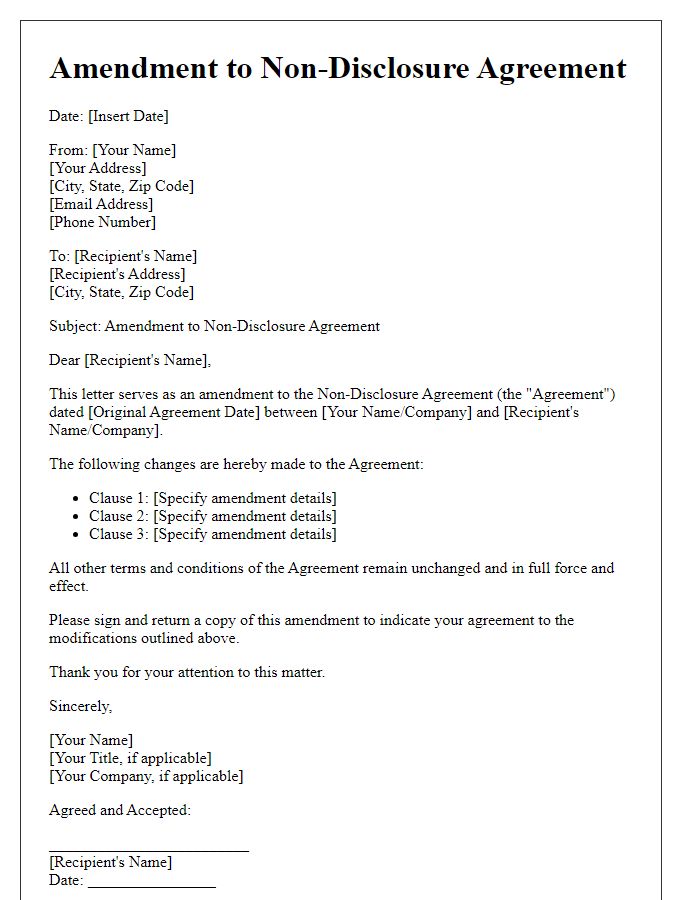
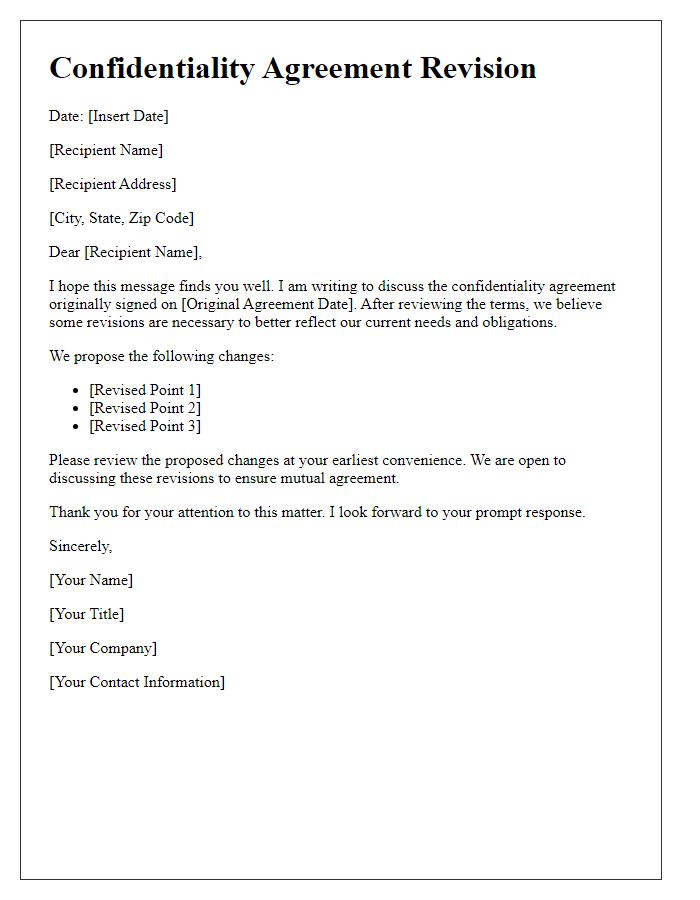
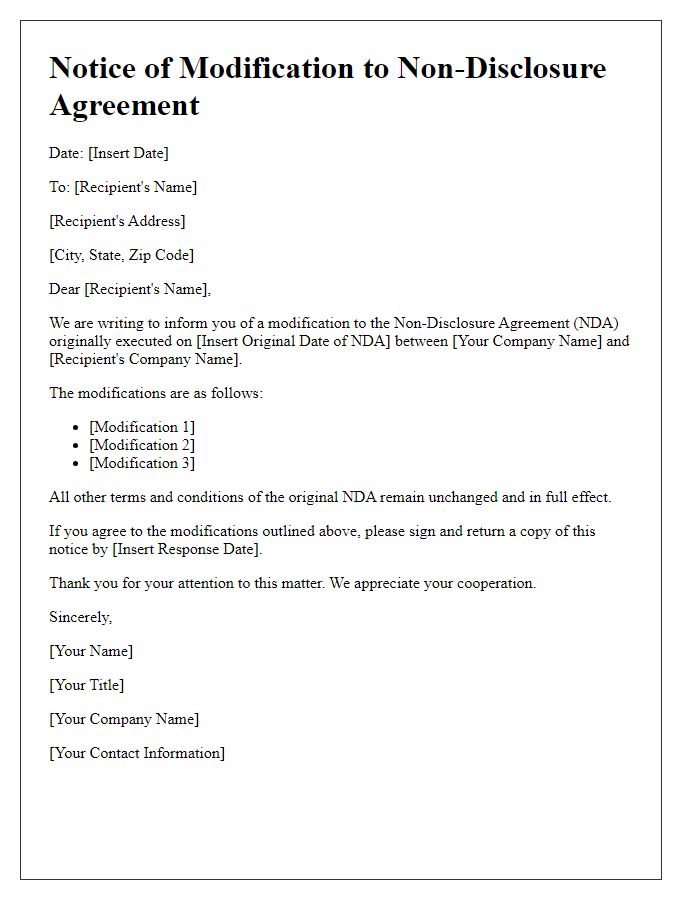
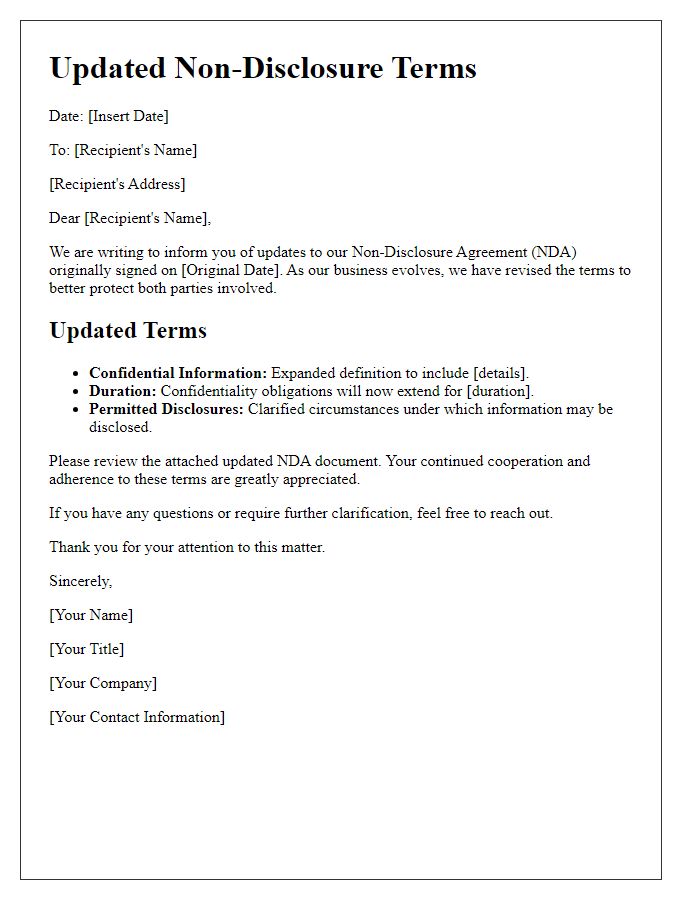
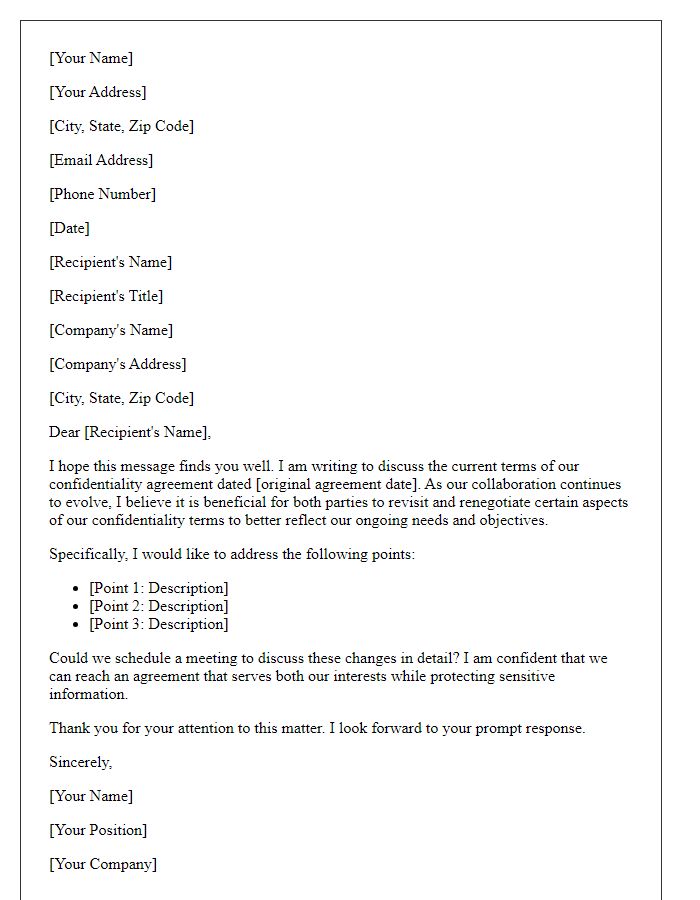
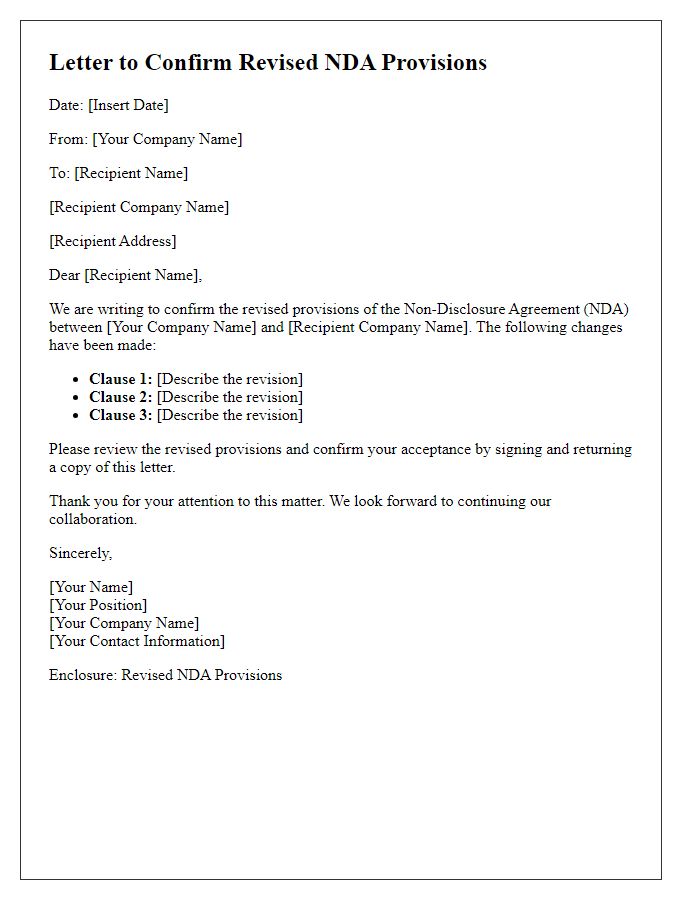
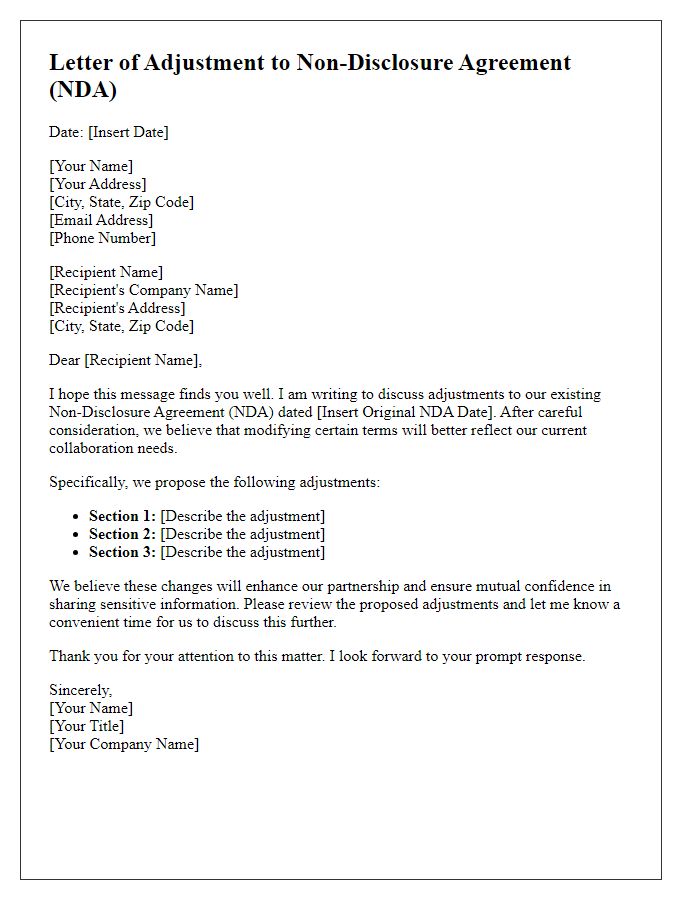
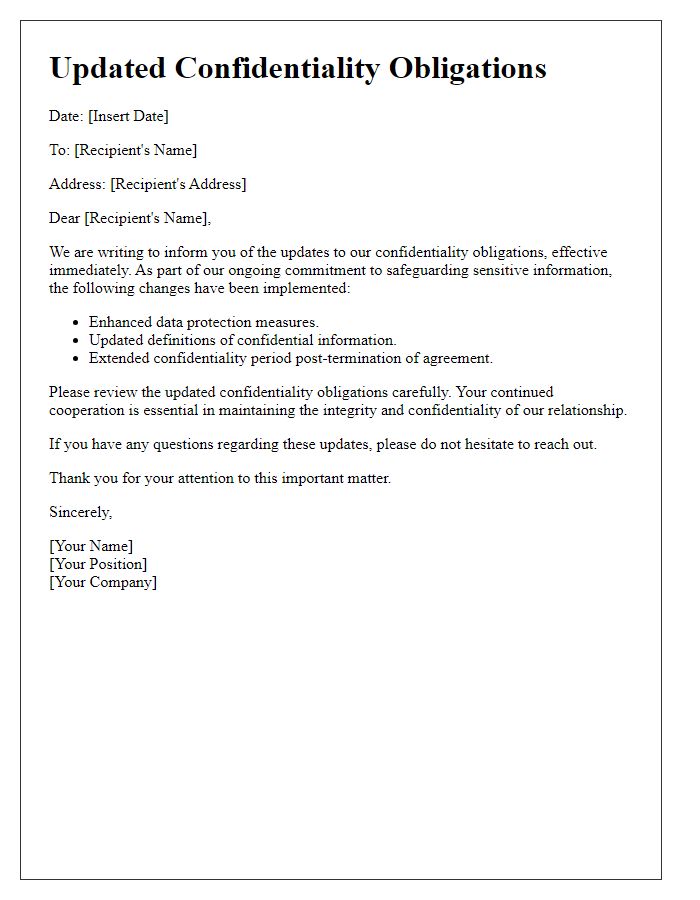
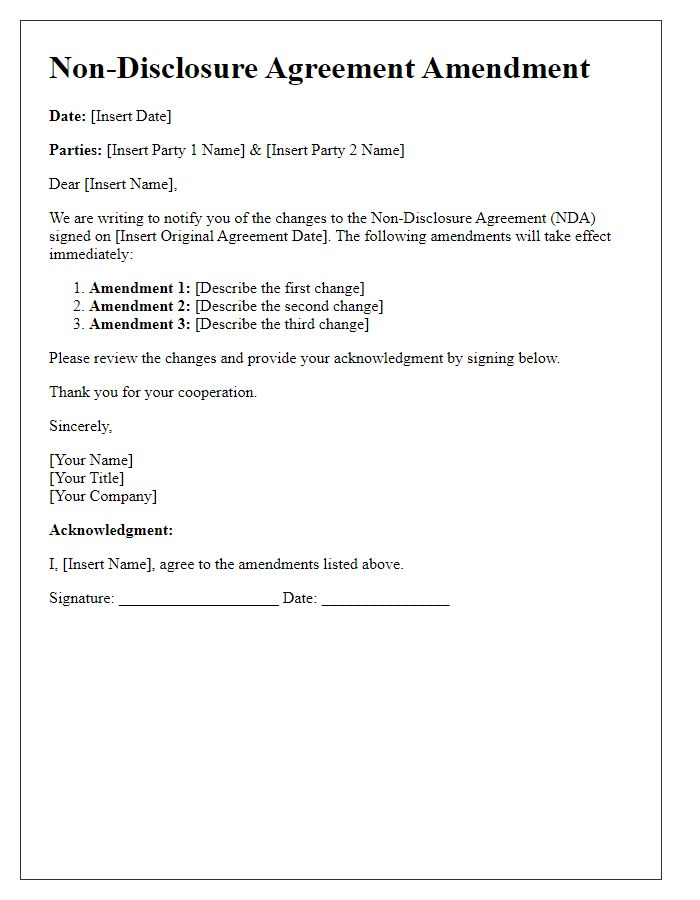


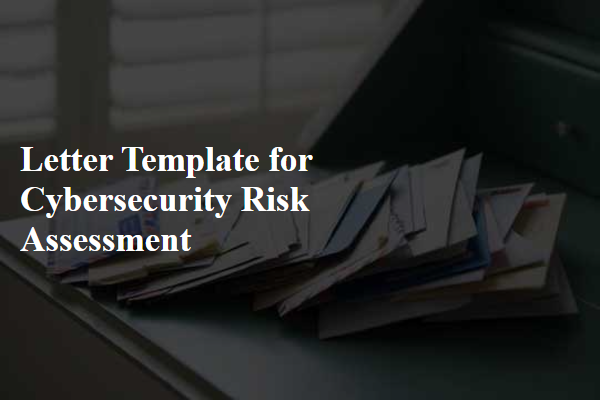
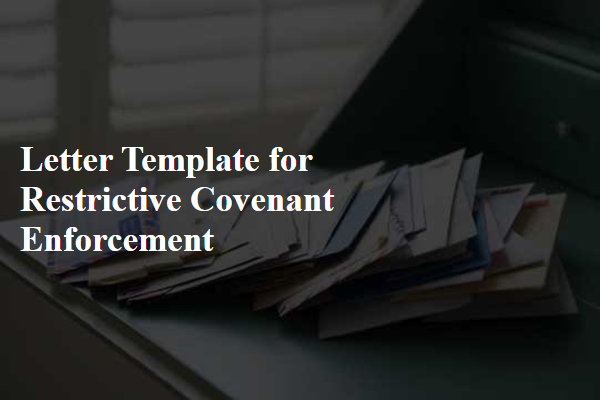

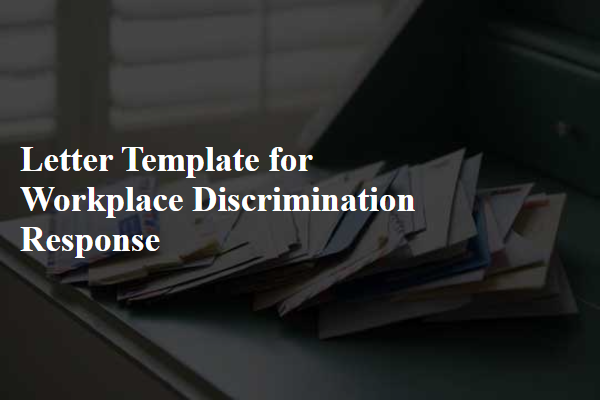
Comments